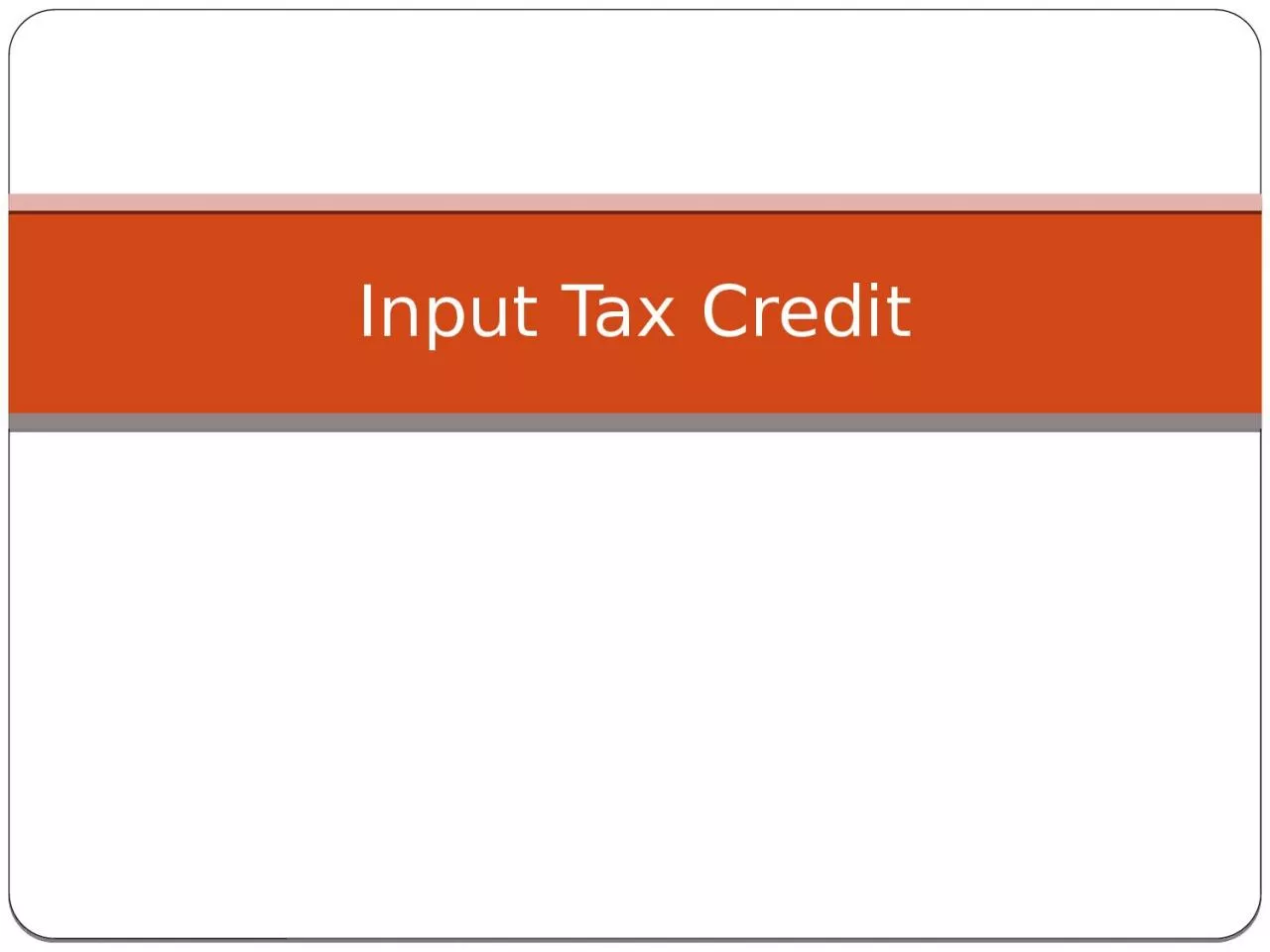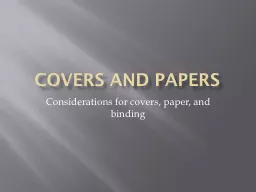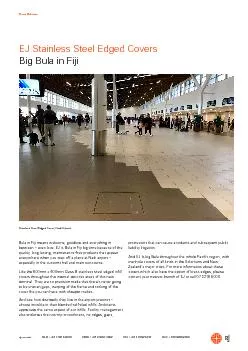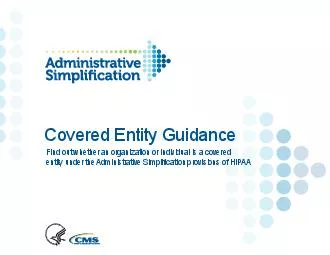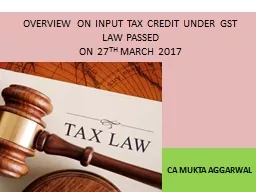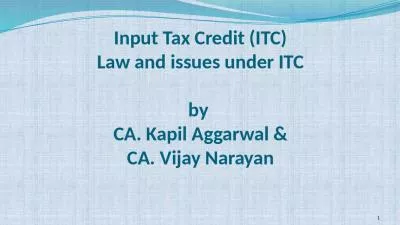PPT-Input Tax Credit This presentation covers only those Input tax credit topics which are
Author : rodriguez | Published Date : 2022-07-13
In our last class on ITC we have covered Section 161 162 Reversal of ITC due to nonpayment of consideration ITC where invoices are not uploaded by supplier 163 164
Presentation Embed Code
Download Presentation
Download Presentation The PPT/PDF document "Input Tax Credit This presentation cover..." is the property of its rightful owner. Permission is granted to download and print the materials on this website for personal, non-commercial use only, and to display it on your personal computer provided you do not modify the materials and that you retain all copyright notices contained in the materials. By downloading content from our website, you accept the terms of this agreement.
Input Tax Credit This presentation covers only those Input tax credit topics which are: Transcript
Download Rules Of Document
"Input Tax Credit This presentation covers only those Input tax credit topics which are"The content belongs to its owner. You may download and print it for personal use, without modification, and keep all copyright notices. By downloading, you agree to these terms.
Related Documents

